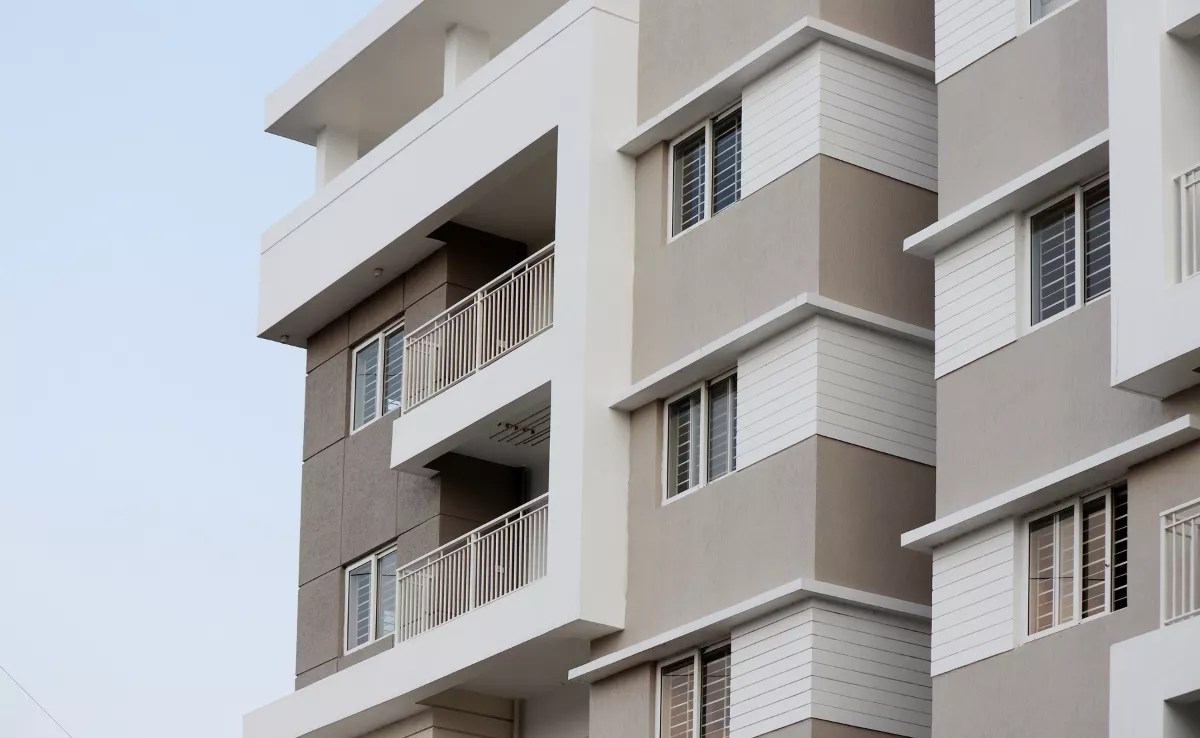
Shuttle buses to the ULL, decentralize medical tests, restrict parking and Low Emission Zones, among the measures to be applied
SANTA CRUZ DE TENERIFE, September 22 (EUROPA PRESS) –
This Friday, the Cabildo of Tenerife presented the progress of the Sustainable Mobility Plan that advocates organizing the island by promoting the use of public transport and discouraging private vehicles.
The president, Rosa Dávila, told the media after the second meeting of the commission with economic and social agents that it is not about using a “punishment” but about introducing a “change in habits” among citizens.
To this end, and in parallel with the promotion and improvement of public transport, some measures will be taken such as the restriction of parking areas, more pedestrianization or the entry into force of Low Emission Zones that regulate the arrival of cars to the towns. the big cities.
He has also defended that negotiations are being held with the Canarian Health Service to decentralize tests in regional centers such as blood extraction or certain oncological treatments that could be done in hospitals in the North and South.
She pointed out that improving mobility “is a challenge for everyone” and that is why she was satisfied that political parties, economic and social agents are joining a pact for sustainable mobility on the island. “We are all concerned with seeking solutions in each person’s development sphere,” she added.
Thus, apart from promoting another culture in the use of private cars, it has also been suggested that small works are being carried out on some accesses and interchanges and changes in signage to speed up traffic, including the introduction of traffic lights.
In addition, two ‘shuttle buses’ will be enabled to facilitate transfers to the University of La Laguna – plus direct routes from the north and south will be increased – and collective transport will be promoted in companies and educational centers, apart from the fact that they are already has added one more vehicle to the tram to gain capacity and improve frequencies.
The vice president and Minister of Tourism, Lope Afonso, commented that the mobility plan was a “necessity” for the island because it is the “most important problem” since it “affects” economic relations.
He has valued the commitment to “consensus” among all those involved even though there are natural “discrepancies” and although for now the results “are timid”, he is convinced that in the long term the measures will give results.
Fernando Davara, one of the drafters of the plan, has highlighted that it is a “flexible” document that will now be publicly available and that shows that many people take the car despite the fact that “it is not the best option” for their trips.
MORE THAN 3.2 MILLION MOVEMENTS PER DAY
The island, according to the plan’s calculations, registers more than 3.2 million trips every day, of which 7% are made by tourists and the rest by residents, and of that percentage, 15% is made up of work trips such as transporters. or taxi drivers, about 600,000 trips.
In total, up to 80% of the trips on the island are made by private vehicle and despite the fact that Titsa’s commitment to buses “is powerful”, which is why Davara has been pessimistic with the fulfillment of the sustainability objectives and decarbonization if a change in habits is not achieved.
Furthermore, he pointed out that the solution does not go exclusively through “long-range corridors” given that more than 1.3 million trips are made within the metropolitan area and 90% of trips move over a distance of between 5 and 7 km.
The vice-rector of the University of La Laguna, Candela Díaz, has shown her “satisfaction” for being able to participate in the improvement of solutions to mobility, which in her case involve promoting and increasing public transport and increasing places in residences for students. students from the north and south of the island.
The president of Fepeco, Óscar Izquierdo, has highlighted that “things are finally being done well” after many years of “sterile debate and confrontation” and now “the paradigm of debate has been changed to that of dialogue.”
In this way, he has indicated that we must “be aware” that the improvement of mobility involves public transport and he is clear that there can be “neither winners nor losers.” “We all have to give in something,” he explained.
The president of the College of Civil Engineers, Canals and Ports, Luis Pintor, has supported the speech of “raising awareness” among citizens that cars must be “shared more” because no matter how many roads are built, “the problem will not go away.” never end”.
For his part, Iván Rodríguez de Azero, president of the Alisios Norte collective, has pointed out that mobility is the “biggest problem” in that part of the island and has highlighted that “things are beginning to move and things are going in the right direction.” .
















